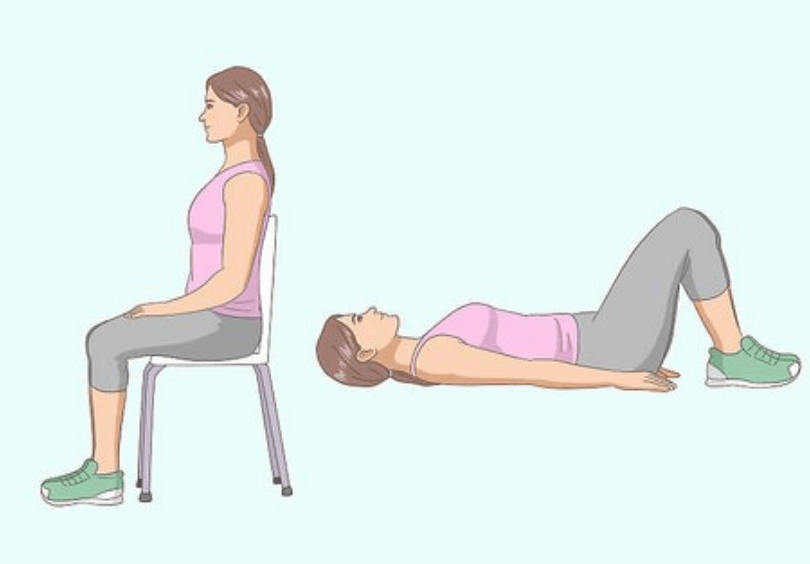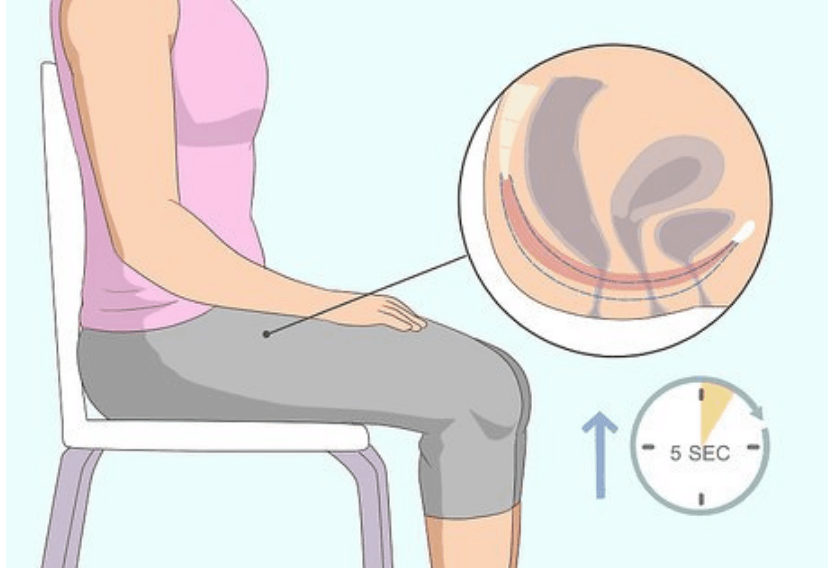Kegel Exercises were introduced by an American Gynaecologist, Dr. Arnold. H. Kegel in 1940 as a non-surgical way to prevent leaking of urine in women. Kegel Exercises are pelvic floor exercises which strengthen the pelvic floor muscles. These exercises involve contracting and then relaxing pelvic floor muscles to strengthen them and improve bladder control. Keep scrolling to read why these muscles weaken and why Kegel exercises are beneficial!

Benefits Of Doing Kegel Exercises
They help in strengthening pelvic floor muscles that are critical in providing support to pelvic organs; the uterus, urinary bladder and intestines. If these muscles become weak, they cause stress incontinence – leaking of few drops of urine while coughing, sneezing or laughing. The exercise also reduces the risk of pelvic organ prolapse later in life. Kegels help in developing better back and hip support and helps mothers recover from aspects of childbirth.
What Causes Weakening Of Pelvic Floor Muscles?
Pelvic floor muscles are essential as they support the bladder and the bowel, as well as the uterus and vagina. It is through the use of them that we are able to perform tasks such as urination. Weakening of the pelvic floor muscles would mean that the internal organs that allow us to do these things, are weakened. This can happen for numerous reasons such as the loosening of muscles during pregnancy and childbirth, excessive straining of muscle from constipation or coughing, obesity, getting too many surgeries or simply genetics and aging. That’s why it’s important to do exercise such as Kegel that can assist you in avoiding these problems in the future.

How To Perform Kegel Exercises
To perform Kegel Exercises perfectly, first one needs to identify the pelvic floor muscles. You can imagine that you are stopping the flow of urine and holding in wind at the same time. This can be done lying down, sitting or standing with legs about shoulder width apart. Try to get familiar with these muscles by contracting and relaxing them.
- Try squeezing pelvic floor muscles for 3 seconds, then relax them for 3 seconds.
- Repeat it ten times, this makes one set. Try to do at least 2 to 3 sets in one day.
- Always empty the bladder before performing Kegels.
- Try not to flex the muscles in abdomen, thighs or buttocks.
- Breathe freely during the exercise.
Once you have mastered the skill of contracting your pelvic floor muscles, you can try holding the inward squeeze for longer (up to 10 seconds) before relaxing. Make sure you can breathe easily while you squeeze. However, don’t perform this exercise regularly during urination as it can cause incomplete emptying of bladder leading to urine infection. These exercises can be done as part of your daily routine anywhere. You can do them while sitting on the desk, lying on your bed or couch.









What do you think?
You must be logged in to post a comment.